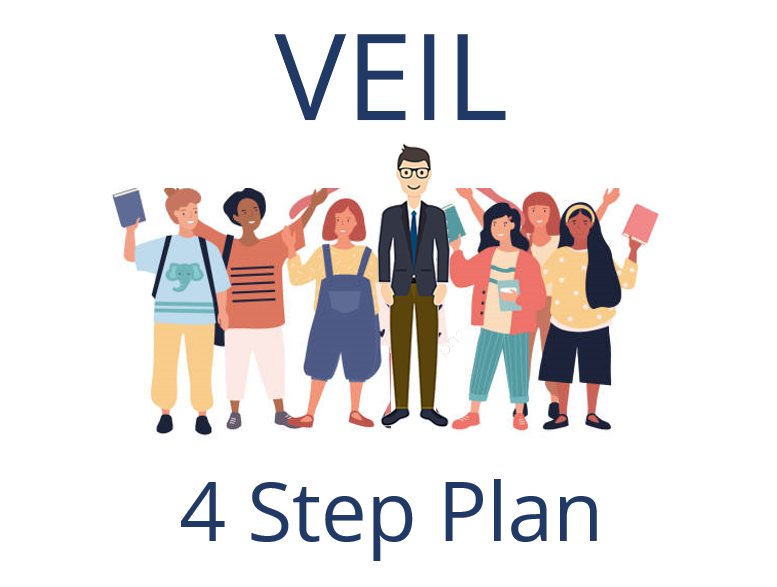

Hidden Vulnerability VS Over-Regulating: How Boys Today Hide Emotions Differently Than Girls
This summer tragedy befell the family of one of our son’s friends. Their son, 19 year old Jamie (not his real name) took his own life. Our son and his group of close knit friends are still coming to terms with how the young, apparently confident, cheery young man they knew could have hidden his darkness so deeply that they never even glimpsed a crack into it.
Jamie’s death has shaken not just our children, but each us, as parents. You look at your own child, heading off to university alone, in a different light. You listen to the tone of his what’s apps and texts and say ‘Am I missing anything here?’
I know we are not alone in this. I think we have heard at least five stories in the past three months of young men who, not long after leaving school, took their own lives largely without sign or warning. Perhaps this dark experience has touched you, or your school community.
Jo and I founded STEER six years ago because the mental health risks of young people were going undetected. Our respective doctoral work was based on trying to understand not just the problem, but whether there was better data, better signals, that schools could pick up to help them detect the signs.
One of the things that has become clearer over the past six years of our work developing AS Tracking, is that the mental health risks, in this regard, for boys are girls are subtly different.
For girls, the strains of adolescence is more likely to result in over-regulating, for boys, it is more likely to result in hidden vulnerability.
OVER-REGULATING & HIDDEN VULNERABILITY
Over-regulating is a state of hyper-vigilance: an effortful conscious self and social monitoring. Whilst both boys and girls can over-regulate, there is a higher incidence of it in girls. We know from our AS Tracking data with nearly 20,000 children, that adolescent girls seek more control than boys; we know that they choose what they share more consciously, more cautiously. We know they generally have a lower trust of others. When these patterns become fixed, it can result in a state of hyper-vigilance. Like a driver constantly looking ahead down the road trying to pay attention to all the road signs, who is always adjusting how they steer in the crowd.
The risk for over-regulation is that it is not only unsustainable, but also difficult to detect. Children often present as very organised, planned and competent. Concerningly, the sort of pupil school’s tend to give yet more responsibility to. The ‘crash’, if it comes, is often out of the blue though it is more likely to manifest in some kind of visible self-harm, controlling or stress-related behaviour than a more devastating immediate act.
For boys, the strains of adolescence are more likely to result in hidden vulnerability. We know, from our AS Tracking data, that adolescent boys have a higher need for group membership, giving the signals that they belong to the tribe and are ‘up for it’. In adolescent male groups, this often means hiding expressions of weakness, need and emotion.
Within this context, our data suggests that boys are less likely to over-regulate and more likely to deflect, and hide their vulnerability. This may present through a social presentation of self-confidence and bravado. It is telling that, according to the OECD, 72% of young men who took their own life between 2002 and 2012 sought no clinical help before they did so (Hewlett and Horner, 2015). These young men are also more likely, tragically, to succeed in their attempt than young women, suggesting it comes not as a cry for help but from a place of desperation to finally escape.
SO, WHAT CAN BE DONE?
First of all, teachers need to be trained to have better ‘eyes’. I call it ‘convenient collusion’ when teachers ask the already burdened to do yet more; or ‘casual blindness’ when they reinforce a culture of macho bravado with the rugby lads.
Second, teachers need to model mental health better. Parents may want teachers to present as slick but children need teachers who are more real and honest.
Third, schools need to target their messages more carefully. AS Tracking reduces pupil mental health risks because it guides teachers giving precise and targeted messages to the right children at the right time.
WHATEVER MECHANISM YOU USE TO ACHIEVE THE SAME, THE DAYS OF ‘MEGAPHONE PSHE BY ASSEMBLY’, HOWEVER WELL MEANING, REALLY SHOULD BE CONSIGNED TO HISTORY.
Hewlett, E. & Horner, K. (2015). Mental Health Analysis Profiles: OECD Working Paper No. 81. Available here






